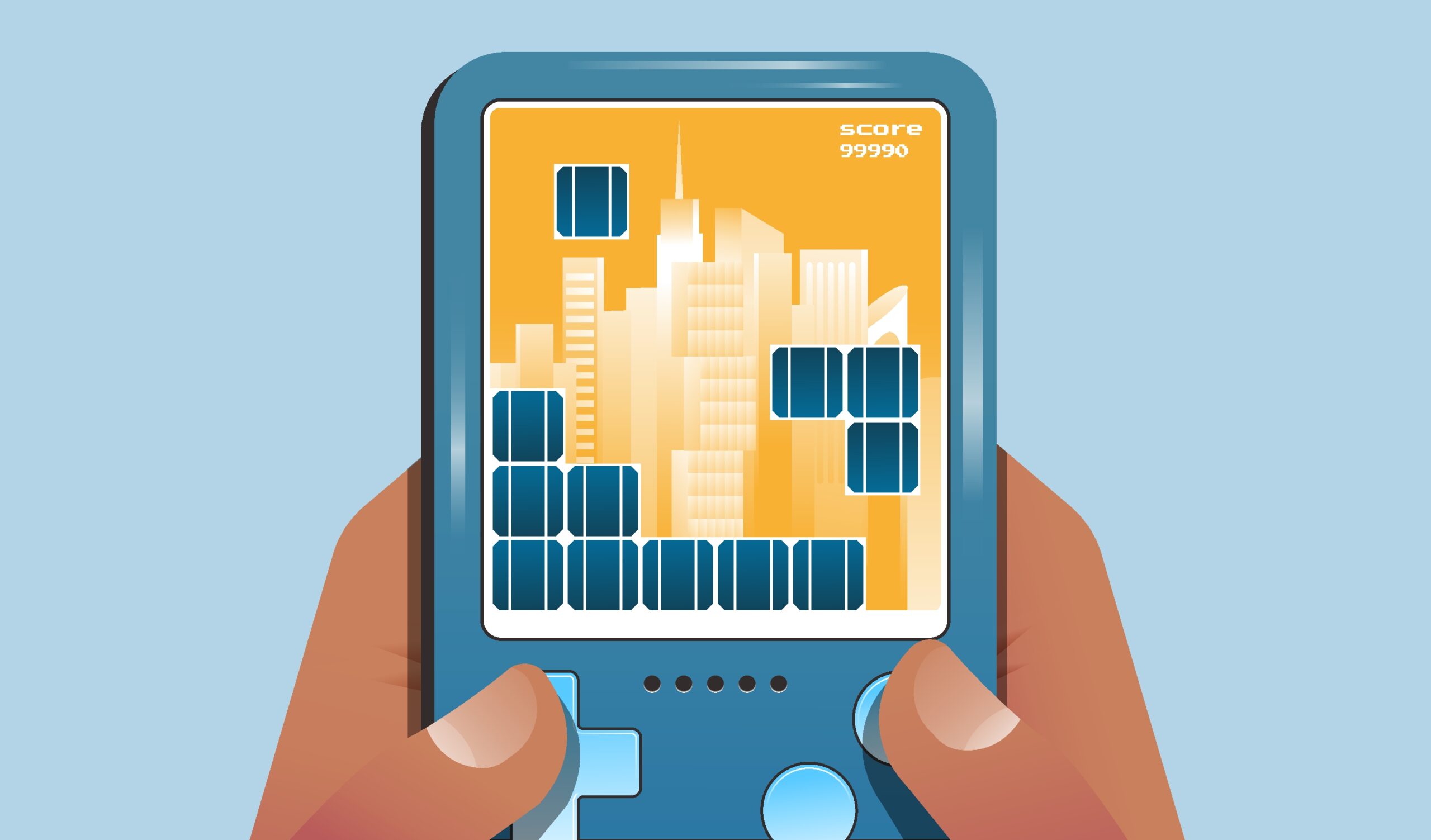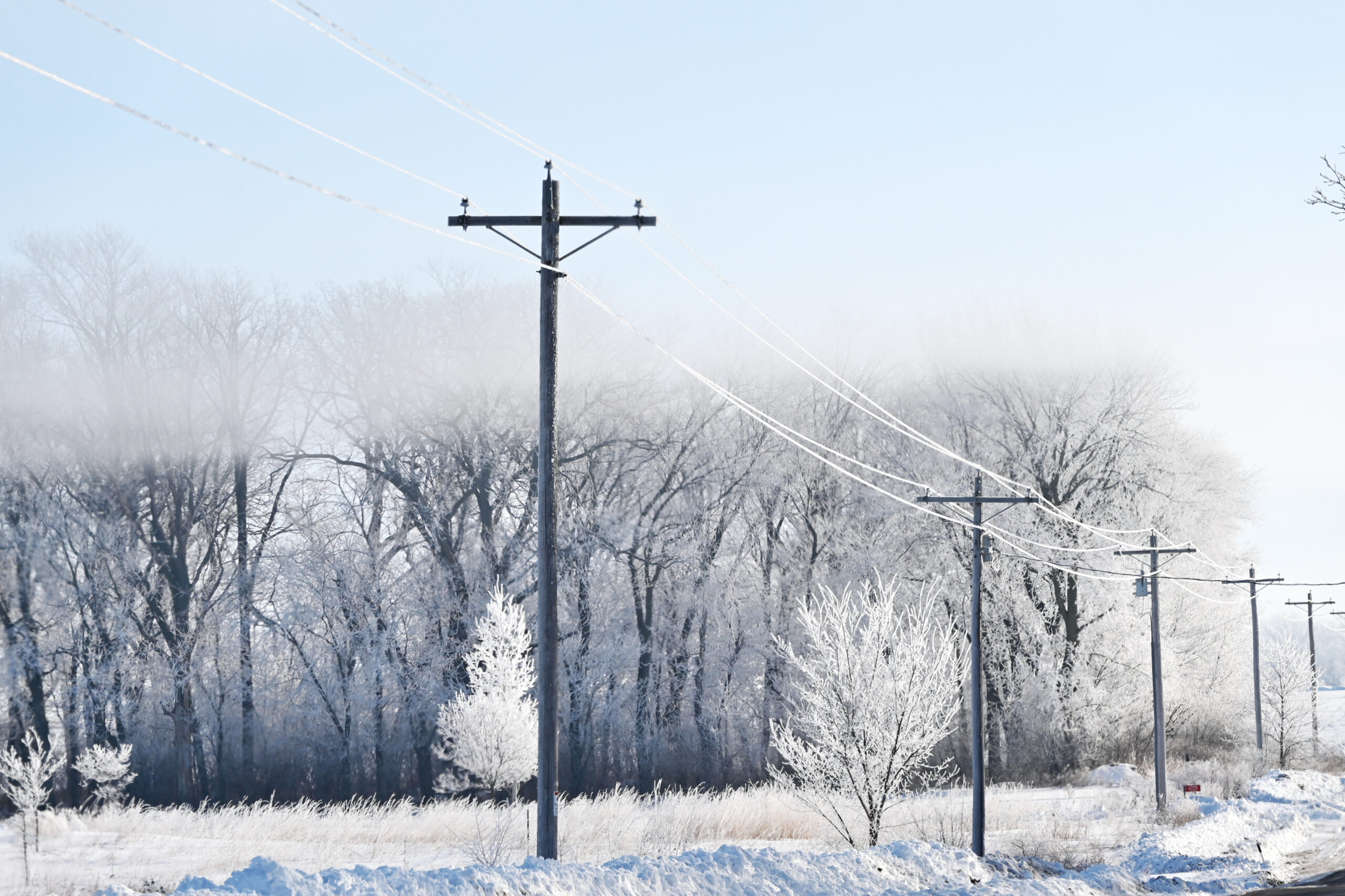Meeting demand proves a little more difficult every year, as utilities have to balance electrification and decarbonization efforts, stress from climate change and weather events, and the increased adoption of distributed energy resources (DERs). As such, demand flexibility strategies like BYOD programs, EV managed charging, or virtual power plants employ distributed energy resource management systems (DERMS) to aggregate these devices and have proven critical as load management tools, allowing program managers to shift demand to off-peak hours, lowering high peak demand costs while increasing grid resiliency. Demand response is the most successful of these strategies, a conservation tactic that shifts usage to off-peak hours of demand. For utility program managers, knowing how to develop and scale a program is only half the battle.
A (Very) Brief History of Demand Response
Demand response has a decades-long history of successfully employing load-shifting tactics to minimize usage during high consumption periods. Initially, these devices were controlled with physical devices placed on a customer’s home appliance (typically an HVAC unit or water heater), which allowed utility program managers to send radio signals to start and stop an event. Now, with more access to WiFi and through the Internet of Things (IoT), utilities can manage programs from afar, opening up the potential for even greater access to community-powered energy assets.
How It Works
To get started, program managers develop demand flexibility strategies typically to meet a need in their respective markets. For example, with more electric vehicles on the market, many may turn to EV managed charging or V2G reciprocal charging strategies to better manage the load. This development includes the enrollment process, from engaging customers to court their participation to the types of incentives that may motivate preferred customer behaviors, namely participation. Once customers are enrolled and a demand response is employed, program participants can choose whether or not they want to opt into an event; instances, where customers have been denied choice, have proven difficult for utilities, from the potential hit to their reputation, to whether or not customers might willingly participate again.
What Does Opting Out Mean?
Before the start of any demand response event, program managers can engage customers through SMS texting, email, or a host of alternative means of communication to alert them to an event. An opt-out is an action that a homeowner can take to decline participation in a demand response event. In most cases, opting in or out of a program event is required by the device type, including most thermostats; in many cases, homeowners can even opt out during an event to reduce their discomfort.
Planning For An Event
There are many ways to plan for and later call a demand response event. In some instances, utility program managers can employ load forecasting software to determine the predicted upcoming demand based on real-time and historical data and a pattern of usage that utilities can track to better plan for future events. Once a demand response event is planned, program managers can set the duration of the event, while managing whatever specific device commands may be needed. In some cases, program managers can establish templates to better serve the needs of their customers, streamlining the process to make participation easier. Remember: the more people that participate, the better.
Customer Communications
Once a demand response is scheduled, utility program managers can communicate event information like the time, duration, and device type to customers, alerting them to an upcoming event. Effective communication is critical in securing customer buy-in, both for the long and short-term success of your program. To call an event, the communication should be simple, providing clear instructions on when an event is, as well as opportunities for opting out.
– Ana Bogdanova, Sr. Product Manager, Virtual Peaker
For example, in 2022, a Colorado utility inadvertently locked customers out of their home thermostats during a demand event, angering customers. Meanwhile, around that same time frame, California utilities used a state-wide alert system to call for the public to participate in a demand event, which led to mass participation. For the first story, customers locked out from their devices aren’t as likely to participate again, curtailing conservation efforts unless the public trust is re-earned. Conversely, the mass alert system gave customers the ability to participate on their terms, while educating the public as to the cost of inaction (re: outages or brownouts), a tactic that yielded a far greater level of participation.
Customer Opt-Outs
After an event has been called and communications sent, it’s up to the customer to make their choice. In some cases, opting out may require the use of a third-party app (sometimes provided by the OEM), an internal link depending on your software provider, or, in rare instances, may still require the use of a physical device trigger. Through the Virtual Peaker platform, if a customer elects to opt-out of their demand response event, they can then deselect any affected devices for programs that they may be a part of.
Opting Out of a Demand Response Event Conclusion
Consumer distrust has proven counterproductive to demand response conservation efforts. In a 2020 study, potential demand response program participants demonstrated that 63% of respondents would participate in a DR program even without incentives. This number is high and rising, as studies indicate that younger generations are increasingly concerned with environmental challenges like climate change, as well as energy management. These attitudes alongside the increased DER adoptions necessary for demand flexibility programs, indicate that the load-shifting opportunities offered by demand response will only increase with time. Fortunately, with automated features and the capacity for templates, utility program managers can make opting out of a demand response event simple and friendly.







